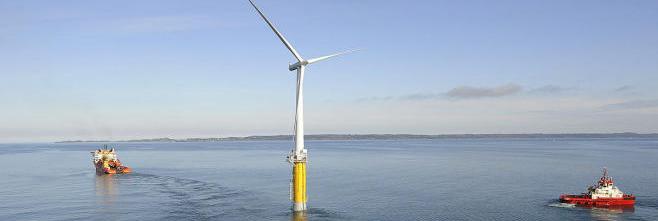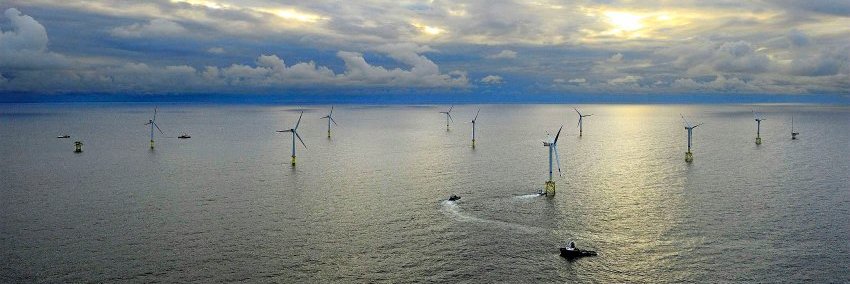With 2700 teaching staff and 20000 students, the NorwegianUniversity of Science and Technology (NTNU) is Norway’s premier academic institution for technology and natural sciences, and educates 80% of Norway’s MSc and nearly 100% of the PhDs in engineering. It has a long and particularly strong activity within energy and offshore oil & gas technology. With its close contact with the industry and other research institutions, nationally and internationally; the university constitutes a strong platform for research and innovation. NTNU cooperates especially closely with SINTEF, Europe’s 4th largest contract research institute with disciplines that match those of NTNU and jointly they share the responsibility for a significant laboratory infrastructure in Trondheim. NTNU is a leading international university within marine technology; with unique laboratories at our disposal in cooperation with the SINTEF research institute Marintek, to support shipping, oil and gas and renewable energy as well as food production in the ocean. Various wave energy concepts and the floating wind turbine HyWind have been tested. The marine technology, civil, mechanical and electrical engineering are involved in basic as well as industrial research and development relating to wind turbines. NTNU is a member of the European Wind Energy Academy (EAWE).
NTNU is a central partner in the Norwegian Research Centre for Offshore Wind Technology (Nowitech) which has a 50 mill € budget, and in the EU projects ORECCA and MARINA Platform. NTNU has been responsible for design of the tidal energy converter developed by Hammerfest Strøm, now being further developed in the UK. Another strong area of expertise is power grid systems, where NTNU has significant experience in analyzing the utilization of mixed energy sources in the new environment of electricity market systems. Especially the technical challenges of large scale wind power integration into an existing transmission network with limited transfer capacity have been focused through a number of research projects as well as through international collaboration. NTNU has available most commercial software for conducting such studies, as well as in-house developed tools.
In HiPRWind, NTNU is leading WP4 and participates in WP8 in which conclusions about very large floating turbines will be drawn. NTNU also contributed in the conceptual test platform design in WP1.








